The Rise, Fall, And Comeback Of Chipotle
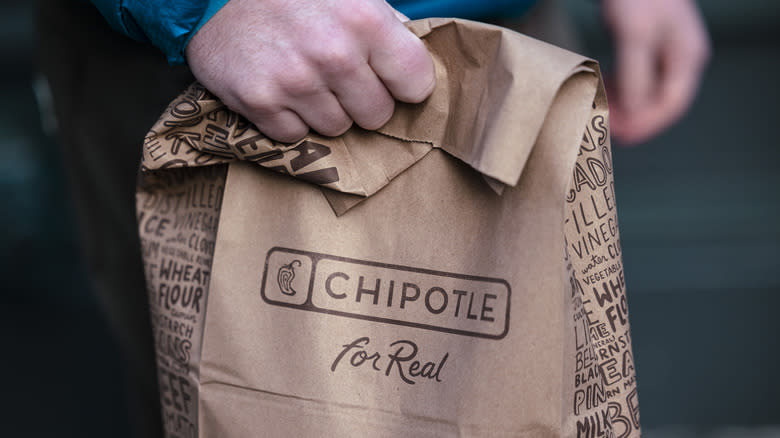
Chipotle had a meteoric rise. Why? "It's difficult to crystallize," market analyst Larry Miller said to Rocky Mountain News when trying to explain why the fast-casual chain was such a big success. "It's a really simple concept: The food is high quality, it's executed well, it's trend-right and it's timely."
From its founding in 1993, Chipotle was a powerhouse in the food industry, defying fast food expectations and creating a new type of restaurant with fast-casual dining. With soaring sales and a very quick expansion, Chipotle was unstoppable. The company rode a wave of consumer demand for high-quality, sustainably sourced food. As to why it drew such a crowd, Chipotle's chief marketing officer, Mark Crumpacker, told Time, "Frankly, we're just really positioned well to be where those folks want to go."
Despite its immediate success, Chipotle's journey hit a few major bumps along the way. In recent years, the company has faced several challenges, including food safety scandals and declining sales; at one point, its profits fell by 95%. However, Chipotle remained undeterred, doubling down on its commitment to environmentally friendly food and innovative techniques. Follow us as we trace Chipotle's history with all its ups and downs.
Read more: The Most Overrated Chain Restaurants In The US, According To The Mashed Staff
Chipotle's Beginnings
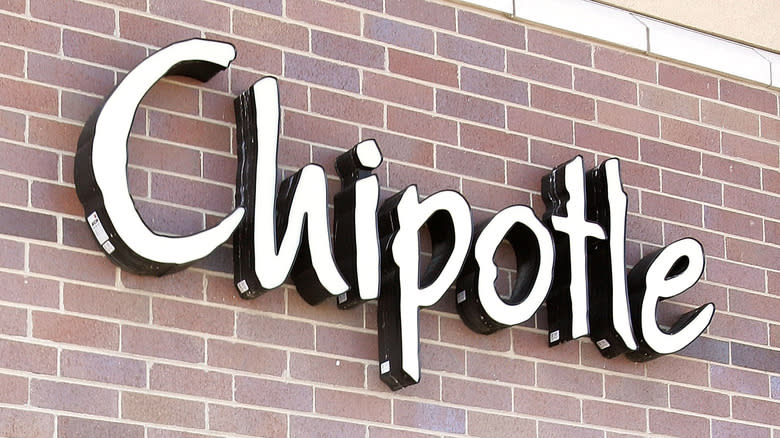
When Steve Ells founded Chipotle in 1993, he was not a businessman; he was simply a man with a great plan. Years later, Ells admitted that he did everything wrong when starting his business; it succeeded nonetheless. Ell's mission? To create a cheap but delicious burrito using fresh, high-quality ingredients.
Ells' journey from passionate foodie to restaurateur began during his years at the University of Colorado, where he discovered his love for cooking. After college, Ells honed his culinary skills at the Culinary Institute of America in Hyde Park, New York, before starting his career as a line cook at Stars in San Francisco. It was during this time that Ells had a moment of inspiration while having lunch at a local taqueria in the Mission District. "I remember jotting down on a napkin at that moment how many people were going through the line, how quickly, and I thought ... [they have] a good little business," he told Rocky Mountain News.
His vision was a unique one, as fast-casual dining was not yet prevalent. "It's going to be fast food, but it's not going to look fast-foody," he explained to skeptical investors upon his return to Colorado. Most people didn't get it, but one investor did, and that was all it took. Within months of opening the first Chipotle location in Denver, Colorado, sales were booming, and Chipotle's reputation for fresh, flavorful cuisine spread far and wide.
The Rise Of Fact-Casual Dining
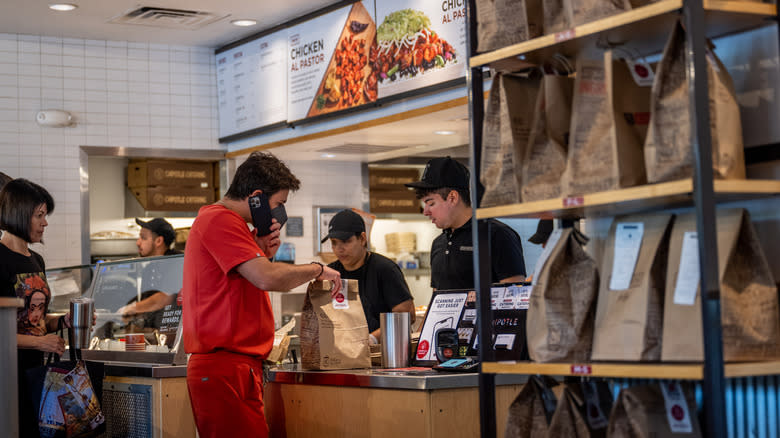
The fast food dining world has evolved significantly since the 1990s, ushering in the era of "fast-casual" dining. Chipotle was at the forefront of this culinary revolution, spearheading the fast-casual dining scene with its unique setup. Fast-casual dining aims to combine the convenience of fast food with the quality and comfort of a sit-down restaurant.
Chipotle's focus on fresh ingredients and on-site preparation brought in customers who wanted healthier, more wholesome dining options, whereas the quick line preparation right in front of the customer's eyes provided the convenience of fast food. While it may sound intuitive now, in the early 1990s, this was revolutionary. With its open kitchens, where customers could watch their meals as they were cooked and assembled, Chipotle did away with the conventional fast food model and started a new era of dining.
Additionally, as diners became more knowledgeable on the negative aspects of the fast food industry, restaurant-goers turned to fast-casual establishments like Chipotle in search of meals made with natural ingredients that they felt they could trust. Moreover, the fact that each meal was prepared specifically for each customer was extremely appealing both in terms of customizability and freshness. This is in direct juxtaposition to fast food restaurants, which usually serve their food in pre-made portions.
Humane Meat Practices
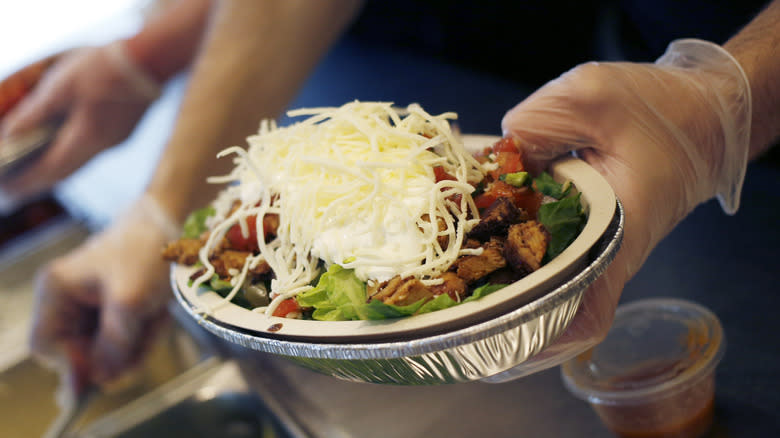
From the beginning, Chipotle's vision was to serve ethically and naturally produced food that went far beyond the fare offered at traditional fast food establishments. Chipotle founder Steve Ells' dedication to sourcing high-quality ingredients stemmed from his understanding of American food production practices. Speaking about the importance of ethically sourcing his products, Ells told Rocky Mountain News in 2006, "Until you see factory farming, it's not part of your thinking. As soon as I was exposed to that, I knew I didn't want to be a part of that. And I certainly didn't want my success to be part of that exploitation." He also added that it makes a difference in flavor too, saying, "The pork tastes so much better."
Chipotle prioritizes ensuring that its meats are raised naturally, without hormones or sub-therapeutic antibiotics. It may be a little bit more expensive, but customers seem to prefer it anyway. This commitment to quality resonated with consumers and helped Chipotle become a massive chain. For example, despite facing higher food costs, Chipotle experienced remarkable growth in 2014, with store sales soaring by 16.8%.
High Quality Ingredients For A Low Price
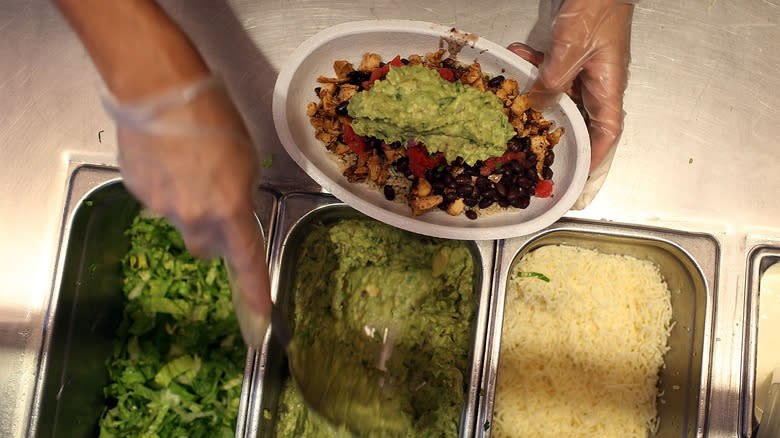
Part of the fast-casual equation for Chipotle is keeping its prices low even with high-quality ingredients. It is more expensive than fast food chains, yes, but typically only by a little bit. Central to this strategy is Chipotle's short and simple menu, which has proven to be a winner for several reasons.
Firstly, the small menu reduces food waste by minimizing the amount and type of ingredients needed on hand. Chipotle's focus on fresh ingredients makes it vulnerable to food spoilage, but limiting the number of different ingredients in its dishes minimizes food losses, allowing the chain to charge less. Moreover, the simplicity of the menu means much more efficient service for the consumer. The food at Chipotle is assembled right there on the spot in front of the customer, making mistakes extremely unlikely.
The small menu provides consistency and reliability. Customers know exactly what they are going to get every time they visit a Chipotle location; this transparency fosters trust and loyalty. On top of that, Chipotle will make anything that the customer wants, provided that the ingredients are available. In essence, Chipotle's commitment to quality and efficiency has made cheap, healthy, and environmentally friendly food accessible to everyone, proving that it is possible to serve up high-quality food for a low price.
The Great Chipotle E. Coli Scare Of 2015
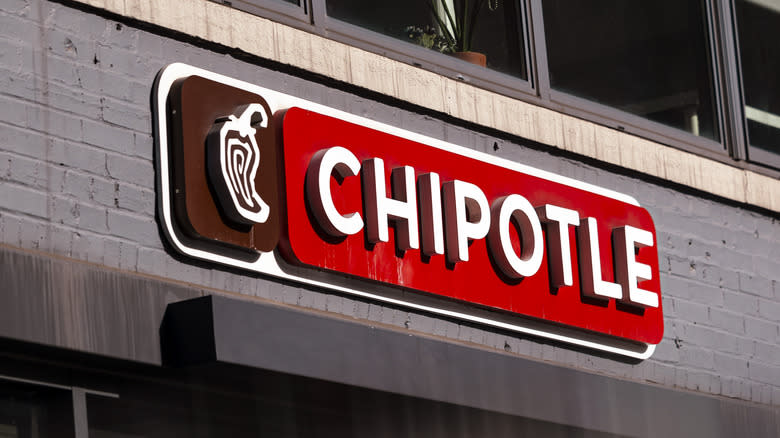
The strengths of Chipotle's approach to food and business turned it into a wildly successful business, but inevitably, it began to face challenges. In 2015 and 2016, a series of foodborne illness scandals shook the foundation of the chain. The crisis began when an E. coli outbreak was linked by health authorities to several Chipotle restaurants in Washington state and Oregon. Subsequent cases popped up in seven additional states, causing widespread concern and dealing a severe blow to Chipotle's reputation.
The fact that it happened several times was the most concerning factor for Chipotle; marketing professor Arun Lakshmanan told the Washington Post, "The real red flags are repetitive failures. When there is repetition, that's what really damages credibility." Amidst the fallout, Chipotle closed numerous locations, including 43 stores in Washington and Oregon alone.
However, Chipotle was adamant about implementing changes to regain the trust of its consumers. Among these changes were sanitation measures and new cooking methods. Chipotle also centralized the preparation of certain ingredients. Despite all of this, recovery was an uphill battle. Chipotle experienced a significant decline in value, with sales declining by nearly one-third, profits falling by 95%, and the stock price plummeting by almost 50% in the year following the scare.
Smaller Portions, Lower Quality
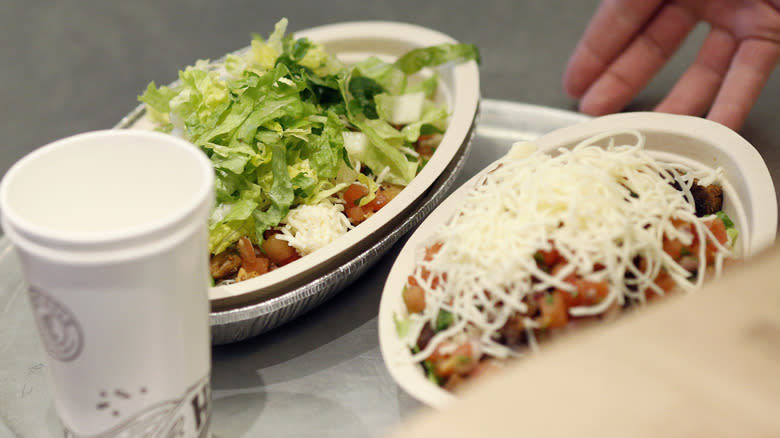
Perhaps the biggest thing that set Chipotle apart in its early years was that restaurant-goers could get huge portions of high-quality, delicious, relatively cheap food. Burritos were stuffed, bowls overflowed, and chips were piled high. In recent years, however, the chain has faced a shift in the perception of the portion size and quality of its food. This partially stems from the streamlining of food preparation processes, as the chain moved certain ingredient preparations to centralized locations.
Chipotle centralized food preparation after its 2016 E. coli scare, choosing to pre-chop tomatoes and marinate chicken in plastic bags. These adjustments were meant to enhance food safety and quality. Unfortunately, Chipotle itself broadcasted for years before the safety scare that food simply tastes better and fresher when it is prepared on-site — founder and then-CEO Steve Ells admitted to the Wall Street Journal in 2015, "Is [a pre-chopped tomato] as good as cutting with a knife on a cutting board? No."
On top of that, post-pandemic, smaller portion sizes at Chipotle left consumers unhappy with both the quality and quantity of food that they received from the once-booming chain. Chipotle's departure from its stated core values led to a blurring of the lines between the fast-casual dining that it pioneered and the shifty practices of the fast food industry.
Rising Prices
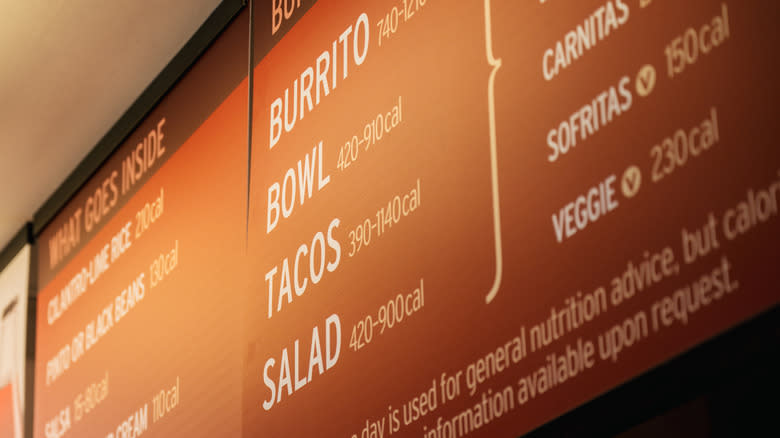
To add insult to injury, Chipotle has also been forced to raise its prices repeatedly in an era of post-pandemic inflation. Over the past two years, Chipotle has hiked its prices five times, which is not totally surprising based on industry trends. This move, aimed at offsetting rising a higher minimum wage and commodity costs, has left many diners facing the reality that what was once a cheap lunch is no longer affordable. With smaller portions and lower quality to top it off, Chipotle looks less appealing to consumers.
A video from a Los Angeles-based content creator went viral on TikTok, mourning not only the $14 price tag on a burrito bowl but also the decrease in quality and portion size. Dozens of comments agreed with the video, one person writing, "I swear Chipotle hasn't been the same since like 2020. It used to hit every single time before then but now it's just ok and definitely overpriced."
Chipotle attributes these price hikes to inflation and rising minimum wages. However, for loyal customers who have watched the prices get steadily higher and higher over the years, their faith in the once-affordable brand may be waning. As the cost of dining out continues to rise, consumers are left wondering whether their favorite quick meals are going to hit their wallets too hard — something that may become increasingly challenging in the face of ongoing economic pressures.
How Chipotle Rebranded Itself – Without Actually Rebranding
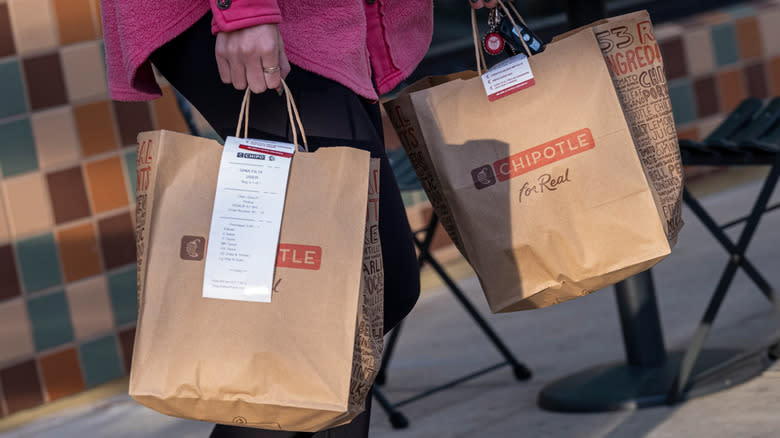
Despite some ongoing concerns about food quality, price, and portion size, Chipotle has recovered from its 2010s food-safety scandals and financial troubles to become an even stronger business in the 2020s. In 2018, there was a shakeup in upper management. Under the leadership of new CEO Brian Niccol, the company put in place strategic changes in its marketing strategies, menu, and digital presence, aiming to fortify its image and regain customer interest.
One critical element of Chipotle's transformation has been the introduction of new menu items. Departing from its previously limited, unchanging menu, Chipotle has introduced new items such as queso blanco and quesadillas over the past several years. These additions cater to evolving consumer preferences while aiming to increase foot traffic. Chipotle has also revamped its marketing strategy, opting for a more traditional marketing approach as opposed to its previous strategy of relying on faithful customers. The company has started advertising through various channels, including television commercials and sponsorship of online gaming platforms.
Furthermore, Chipotle has vastly increased its digital presence. The brand has fully embraced the new normal of online ordering and delivery, partnering with delivery apps and implementing a loyalty program on its own app. These initiatives have proven to be exactly what the company needs; through these changes, Chipotle was able to maintain its brand and aesthetic while positioning itself for success and growth in a digitized world.
Chipotle's Incredible Recovery
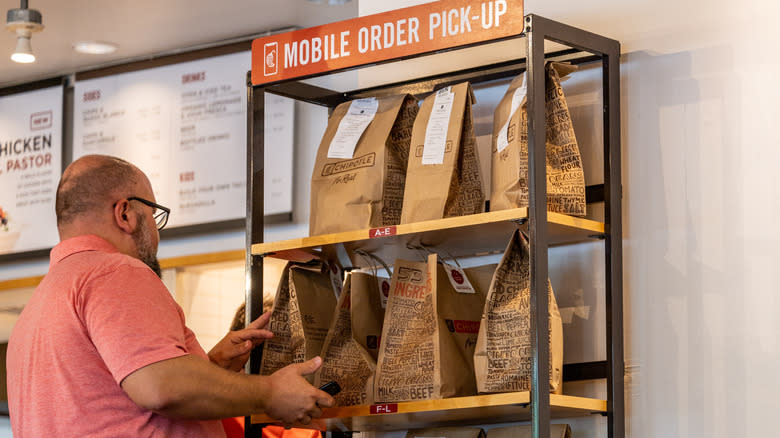
Chipotle's extraordinary recovery since 2016 underscores its deftness at navigating the challenges of the fast food industry. In 2021, Chipotle opened 124 new restaurants, representing a 4.5% increase in its total number of locations. The most important factor in this expansion was the implementation of "Chipotlanes," which are the fast-casual restaurant's take on fast food drive-thru lanes. The lanes, which also fulfill digital orders, have proven to be highly successful, with restaurants featuring them reporting sales that are 15% higher than those without.
In 2023, things looked as good as ever for Chipotle. The brand continued to expand its presence and revenue growth. In fact, in 2023, its stock rose by 30%, and it ranked as the 10th most popular restaurant in the U.S. All of this is a far cry from where the company stood in 2016, right after its big crisis and before its brand revamp. On top of that, Chipotle has ambitious expansion plans on the horizon, solidifying its position as a top contender in the industry — and beyond.
Chipotle's Environmental Vision
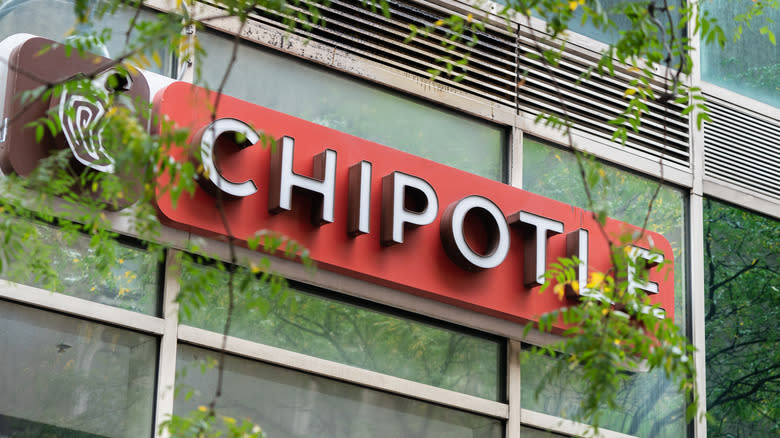
Despite the increase in food safety leading to a decrease in food freshness, Chipotle still markets itself as being committed to environmental protection. Chipotle is striving to redefine its identity not just as a fast-casual chain but as a lifestyle brand synonymous with environmental and social consciousness, desiring to be ranked among brands like Patagonia in terms of what it does to improve the environment.
Central to Chipotle's vision in this area are its 2023 Environmental, Social, and Governance (ESG) goals. These goals include increasing the amount of local produce purchased by the company, increasing the retention of diverse employees, and expanding composting programs across its restaurants. Chipotle also aims to reduce its carbon emissions by 50% by 2030. Increases in composting and local purchasing will help achieve this, as will implementation of electric features and solar power.
Perhaps the most interesting aspect of this very public vision is Chipotle's aim to separate itself from its market competitors, and instead align itself with lifestyle brands whose identities are tied to their environmental protection initiatives, such as Patagonia. This leads to questions about the evolution of the company, and where Chipotle is headed.
Read the original article on Mashed.

